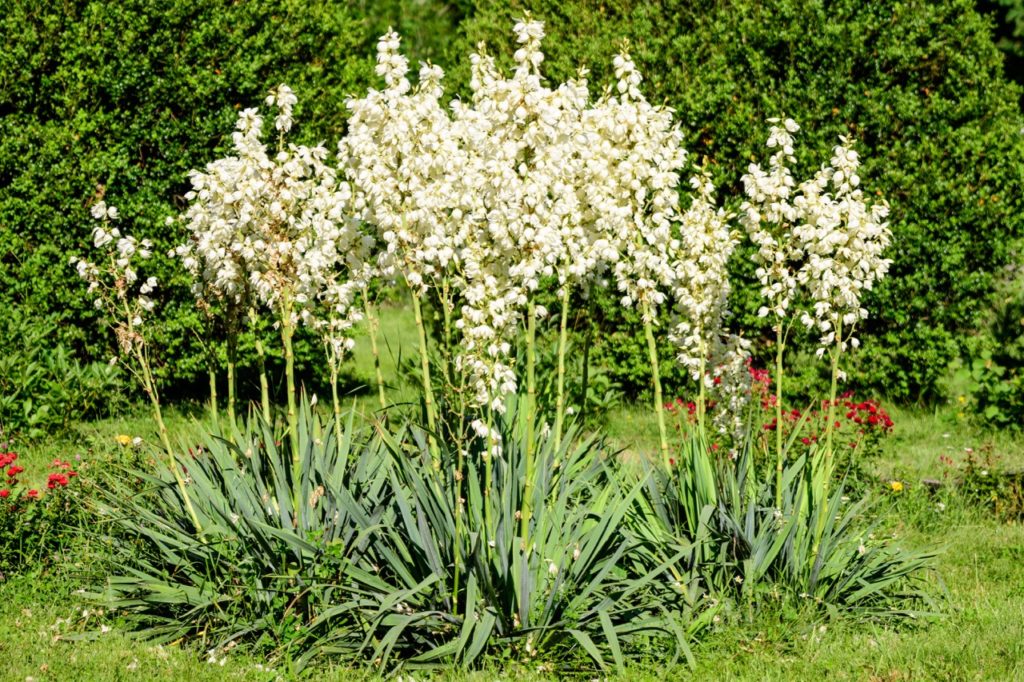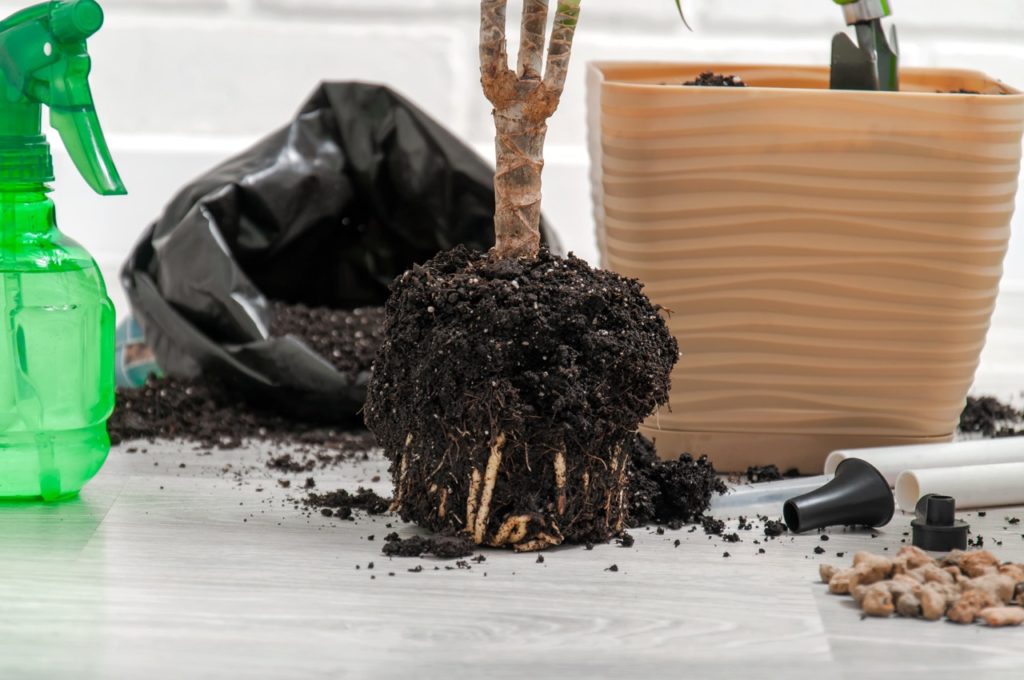Preventing Root Rot In Yucca: Start With The Conditions In The Soil And Improve Drainage


Elizabeth is a Permaculture Garden Designer, Sustainability Consultant and Professional Writer, working as an advocate for positive change. She graduated from the University of St. Andrews with an MA in English and Philosophy and obtained a Diploma in Applied Permaculture Design from the Permaculture Association.
Reviewed By COLIN SKELLY

Colin is a Horticulturist and Horticultural Consultant with experience in a range of practical and managerial roles across heritage, commercial and public horticulture. He holds the Royal Horticultural Society’s Master of Horticulture award and has a particular interest in horticultural ecology and naturalistic planting for habitat and climate resilience.
IN THIS GUIDE
YUCCA GUIDES
Common Problems
– Brown Spots
– Droopy Leaves
– Leaves Turning Yellow
– Root Rot
Division
Overwintering
Revival
Varieties
Watering
When growing yucca, root rot is one of the most common problems you might encounter.
As the name suggests, this is when the roots begin to decompose and is often caused by the conditions in the soil or growing medium – or fungi.
When the roots of a plant decompose, this means that it is unable to obtain the water and nutrients it needs.
Though it can be serious, careful planning, correct placement and proper care of your yucca can help you to avoid this issue in the first place, whether you are growing your yucca in a container or in your garden.

Even if this problem does occur, you may still be able to nip the problem in the bud and remove the affected roots so that the rest of the plant can recover.
Identifying Root Rot
Since roots are hidden below the surface of the soil or growing medium, the first signs that root rot may be likely or may already have occurred will be observed in the leaves of the plant.
Yellowing, limp leaves can often be a sign that overwatering or waterlogged soil is an issue.
Leaves may also turn brown and drop off, as root damage means that the plants cannot take up water as they should.
Preventing Root Rot In The Ground
If you suspect root rot, think about the environmental conditions and whether these are suited to the type of yucca you are growing.
If you are growing yucca in the soil in your garden, the first thing to consider is your soil type.
Clay soils are far more prone to waterlogged soil and so may not be ideal for growing these plants.

You can take steps to improve the drainage in the area by tackling compaction and by adding plenty of organic matter to the area.
If a spot is becoming waterlogged, you can transplant your yucca to a more suitable, free-draining location before root rot becomes a major issue.
“If you are limited on your range of site options, first dig in plenty of organic matter and form a raised mound for planting into,” says Master Horticulturist Colin Skelly.
“This should give a sufficiently raised free-draining root zone.”
Preventing Root Rot In Pots
Root rot in yucca plants that are grown in containers is also unfortunately rather common, but you can make this problem much less likely to occur by:
- Choosing the right container – one which is only a little larger than the existing root system of the plant and which has good drainage.
- Selecting the right growing medium – ideally a peat-free, loam-based potting mix with 20-30% by volume of horticultural grit added to improve drainage.
- Watering well – only when the top couple of centimetres of the potting mix are dry.
Attempting Recovery
If root rot has begun, you may still be able to prevent the problem from getting worse.

Lift the plant or take it from its container, identify damaged root sections and cut them off, then transplant or repot your yucca to save it.
